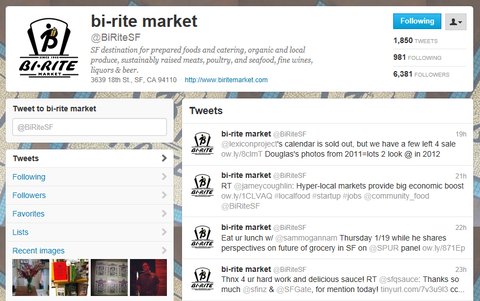Google has repeatedly made the argument — and the commission agreed — that the speed of change in the technology industry made it impossible for regulators to impose restrictions without stalling future innovations.
Exhibit A is the mobile device. Nowhere has technology changed as rapidly and consumer behavior as broadly. As people abandon desktop computers for mobile ones, existing tech companies’ business models are being upended and new companies are blooming.
“Mobile is very much a moving target,” said Herbert Hovenkamp, a professor of antitrust law at the University of Iowa who has been a paid adviser to Google. “This is a market in which new competitors come in a week’s time.”
When the commission began its investigation 19 months ago, for instance, the iPhone did not have the Siri voice search, Apple did not have its own mapping service and Yelp’s mobile apps had no ads. By the time the inquiry concluded, all of that had changed. Google had new competitors on all sides trying to chip away at its hold on the mobile search and advertising market.
Still, Google is even more dominant on mobile phones than on desktop computers. It has 96 percent of the world’s mobile search market, according to StatCounter, which tracks Web use. It collects 57 percent of mobile ad revenue in the United States, while Facebook, its nearest competitor, gets just 9 percent, according to eMarketer.
But, analysts say, as people change their search habits on mobile devices — bypassing Google to go straight to apps like Yelp’s, for example — that dominance could wane, or a competitor could swoop in and knock Google off its perch.
“It’s important to recognize that many mobile apps are really vertical search engines,” said Rebecca Lieb, a digital media analyst at the Altimeter Group. “It is impossible to really say anyone dominates a section of mobile in a secure way right now.”
On cellphones or tablets, for instance, people increasingly skip Google altogether in favor of apps like Flixster for movie times or Kayak for flights.
Apple is taking on mobile search with Siri on the iPhone, which can answer questions about the weather or search for nearby restaurants. With its new mapping service, Apple has also entered local search.
On Friday, Blekko, a search start-up, introduced an app called Izik for Apple and Android devices. It tries to make searching more tablet-friendly by showing images instead of just links, and making it easier to swipe through many pages of results with a finger.
On mobile devices, said Rich Skrenta, chief executive of Blekko, “the user experience is so different that we think it opens things up. On your desktop, if it doesn’t look like Google, you think that’s not a search engine. On a tablet, it’s just vastly different.”
Jon Leibowitz, chairman of the F.T.C., said at a news conference Thursday that the speed of change in the tech industry meant that “you want to be careful before you apply sanctions.”
The commission also considered Google’s partnerships with cellphone makers like Samsung and HTC that license Google search on phones, so that a search box shows up on the home screen. In the end it decided not to take action against Google.
Some Google critics said that even though the competitive landscape is different on mobile devices, it should not have influenced the government’s analysis of Google’s behavior on the desktop Web.
“There’s no doubt that mobile applications, including Yelp’s, give consumers the ability to bypass the major search engines and go directly to the best provider of the service they’re looking for,” said Vince Sollitto, vice president for government relations at Yelp. Still, he added, “I don’t see how that impacts how someone is acting anticompetitively on the desktop.”
(One of Google’s concessions to the federal agency, that it would allow other Web companies to ask Google not to show their content in its own vertical search products — a chief complaint of Yelp’s — applies to mobile as well.)
But others said antitrust enforcement in the 21st century needs to be more agile.
Nick Wingfield contributed reporting from Seattle.
Article source: http://www.nytimes.com/2013/01/08/business/mobile-apps-drive-rapid-changes-in-search-technology.html?partner=rss&emc=rss



